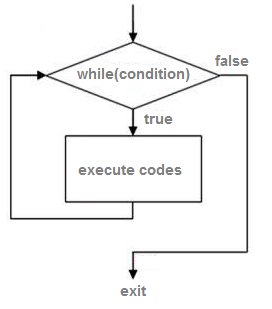How to use vb.net While End While loop
when confronted with scenarios that necessitate the repetition of a task multiple times or the iterative execution of a task until a specific condition is met, loop statements emerge as invaluable tools for achieving the desired outcomes.
Loop statements provide a structured approach to automate the repetitive execution of code blocks, enabling programmers to efficiently handle tasks that require multiple iterations. Whether the goal is to iterate a specific number of times or to continue iterating until a predefined condition is fulfilled, loop statements offer a robust solution.
By incorporating loop statements into their code, programmers gain the ability to seamlessly repeat tasks, traverse data structures, and perform iterative operations. Loop statements provide flexibility and control, allowing for the precise determination of iteration counts and the establishment of termination conditions.

The utilization of loop statements promotes code reusability, maintainability, and efficiency. It empowers programmers to streamline their code and enhance the performance of their applications by automating repetitive processes and optimizing resource utilization.
When faced with the need to repeat a task multiple times or iterate until a specific condition is reached, loop statements serve as a fundamental mechanism for achieving the desired results. By carefully selecting and implementing the appropriate loop statement, programmers can unlock the potential for efficient and effective execution of repetitive tasks within their programming endeavors.
While ..End While
While .. End While Loop execute the code body (the source code within While and End while statements ) until it meets the specified condition. The expression is evaluated each time the loop is encountered. If the evaluation result is true, the loop body statements are executed.
Condition : The condition set by the user
- Line 1: Counter start from 1
- Line 2: While loop checking the counter if it is less than or equal to 10
- Line 3: Each time the Loop execute the message and show
- Line 4: Counter increment the value of 1 each time the loop execute
- Line 5: End of the While End While Loop body
A while loop can be terminated when a break, goto, return, or throw statement transfers control outside the loop. To pass control to the next iteration without exiting the loop, use the continue statement.
Full Source VB.NETConclusion
Loop statements are indispensable tools in programming that facilitate the repetition of tasks and the iterative execution of code blocks. By using loop statements, programmers can achieve their desired results with precision, optimize code performance, and enhance the overall efficiency and effectiveness of their programs.